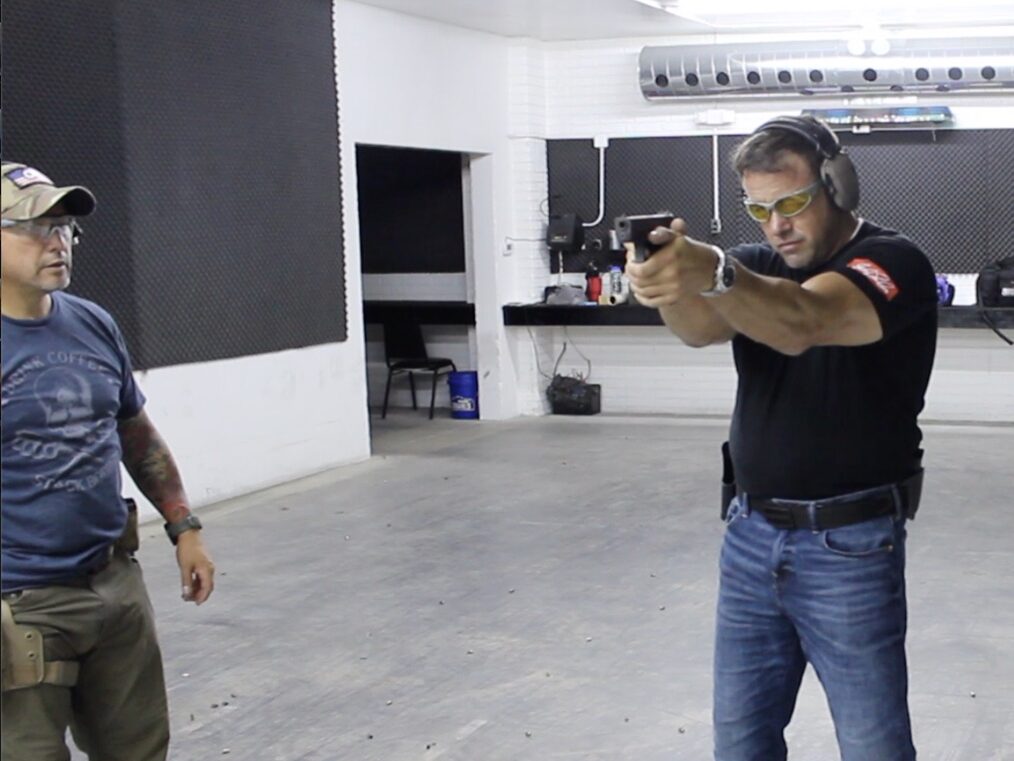
When it comes to personal safety, many individuals often use the terms “self-protection” and “self-defense” interchangeably. However, it is crucial to understand the distinction between these two concepts, as they encompass different skill sets and approaches to staying safe in various situations. In this article, we will delve into the differences between self-protection and self-defense, highlighting the key areas of focus for each and how they contribute to a comprehensive personal safety strategy.
Self-Protection: Being Your Own Bodyguard
Self-protection refers to the skills and practices necessary to act as your own bodyguard. It encompasses a range of proactive measures aimed at reducing your vulnerability to potential threats. Let’s explore some essential elements of self-protection:
- Counter Surveillance and Threat Awareness: Understanding how to recognize signs of surveillance and tracking is a vital self-protection skill. This includes being aware of your surroundings, noticing suspicious behaviors, and taking necessary precautions to avoid or deter potential threats.
- Advance Work on Locations: Whether it’s places you frequently visit or destinations for vacations, conducting advance work on locations can significantly enhance your personal safety. This involves researching the area, identifying potential risks, and developing strategies to mitigate them.
- Intelligent Positioning: Actively positioning yourself in any establishment or public space is an important aspect of self-protection. By selecting strategic locations and maintaining situational awareness, you can minimize risks and increase your ability to respond effectively in case of an emergency.
- Emergency Medical Response: Being prepared to handle medical emergencies is crucial for personal safety. Learning basic first aid and emergency medical response techniques equips you with the skills to address injuries and potentially save lives in critical situations.
- General Preparedness: Self-protection also includes overall preparedness for unexpected events. This entails having emergency supplies, knowing evacuation routes, and developing a mindset that enables you to respond calmly and efficiently in high-stress situations.
- Tactical Driving: Understanding defensive driving techniques can be invaluable for personal safety, particularly in high-risk situations or areas. Learning how to navigate traffic, identify potential threats on the road, and react appropriately can help you avoid dangerous situations.
- Understanding Vulnerability Factors: A comprehensive self-protection program emphasizes understanding your vulnerability factors. This involves recognizing personal weaknesses, such as physical limitations or lack of knowledge, and taking steps to address and mitigate them effectively.
Self-Defense: Building Skills for Physical Protection
While self-protection focuses on proactive measures to reduce vulnerability, self-defense primarily deals with physical protection and the ability to respond to imminent threats. Here are key aspects of self-defense:
- Defensive Tactics and Martial Arts: Self-defense encompasses the study and development of skills in defensive tactics, martial arts, and other physical techniques to protect oneself from harm. This includes learning strikes, blocks, grappling techniques, and strategies for subduing an attacker.
- Understanding the Force Continuum: A crucial aspect of self-defense is understanding the force continuum and adhering to it as a civilian. This continuum outlines the appropriate levels of force to use in response to escalating threats, ensuring that your actions remain within legal boundaries.
- De-escalation Techniques: Effective self-defense includes solid de-escalation skills to defuse potentially violent situations before they escalate physically. This involves understanding how to communicate verbally, employing effective verbal tactics, and utilizing conflict resolution strategies.
- Pre-contact Physical and Verbal Posturing: By utilizing pre-contact physical and verbal posturing techniques, individuals can project confidence and deter potential attackers. These strategies include assertive body language, maintaining appropriate personal space, and utilizing effective verbal cues.
- Control Methods and Mechanically Aligned Force: Self-defense training should include milder control methods for low-level resistance situations, as well as mechanically aligned force methods when a higher level of force is required. These methods ensure that your response is visually appropriate, socially executable, and legally defensible.
- Understanding the Body’s Stress Response System: Self-defense training often explores how the body’s stress response system, commonly known as the fight-or-flight response, affects your physical and mental capabilities in high-stress situations. Understanding and managing this response can optimize your ability to respond effectively.
- Adrenaline Management: Self-defense training should address the impact of adrenaline on physical performance and decision-making during confrontational situations. Learning techniques to manage adrenaline can help maintain clarity, focus, and effective decision-making under stress.
Developing a Comprehensive Skill Set for Personal Safety
Understanding the distinction between self-protection and self-defense is crucial for individuals seeking to build a comprehensive skill set for personal safety. By combining the proactive measures of self-protection with the physical techniques and strategies of self-defense, individuals can create a holistic approach to personal safety and security.
At Baker Defensive Tactics, we recognize the importance of both self-protection and self-defense. That’s why we have developed comprehensive defensive tactics programs tailored for civilians and professionals alike.
Our programs cover a wide range of topics, including counter surveillance, basic advance work on locations, tactical driving, self-defense techniques, de-escalation strategies, and much more.
By enrolling in our programs, you will gain the knowledge, skills, and confidence to protect yourself and those around you. Our expert instructors provide valuable insights and hands-on training to help you navigate potential threats and respond effectively to various situations.
Invest in Your Personal Safety Today
Don’t leave your personal safety to chance. Take control of your security by investing in comprehensive self-protection and self-defense training.
Remember, personal safety is a lifelong pursuit, and continuous learning and practice are essential. By building a solid foundation of self-protection and self-defense skills, you can enhance your confidence, mitigate risks, and safeguard yourself and your loved ones in an ever-changing world.

Alan Baker specializes in designing customized Defensive Tactics Programs tailored to the specific needs of law enforcement agencies, security firms, and military organizations. With a focus on practical techniques, scenario-based training, and adaptability to real-world situations, Alan can develop comprehensive training programs that enhance the skills and preparedness of personnel. If you are interested in connecting with Alan or booking his services, please visit our website at https://bakertacticaldesign.com or reach out to him directly through LinkedIn. Elevate your organization’s defensive capabilities with Alan Baker’s expertise and experience.

